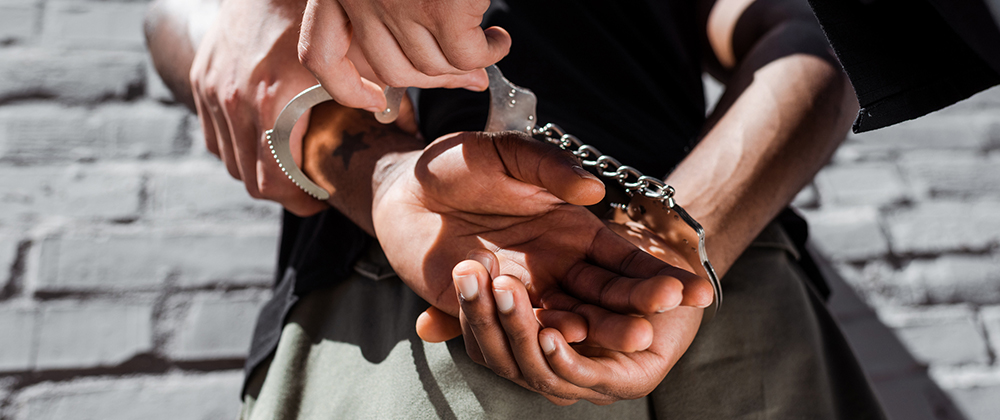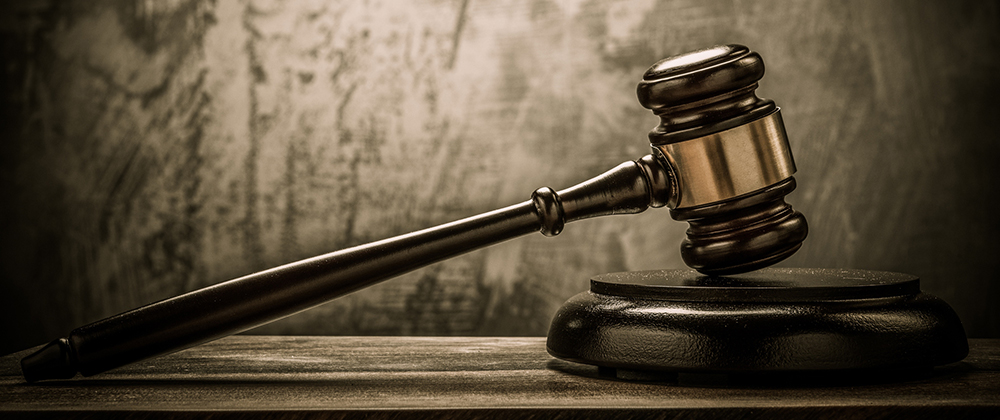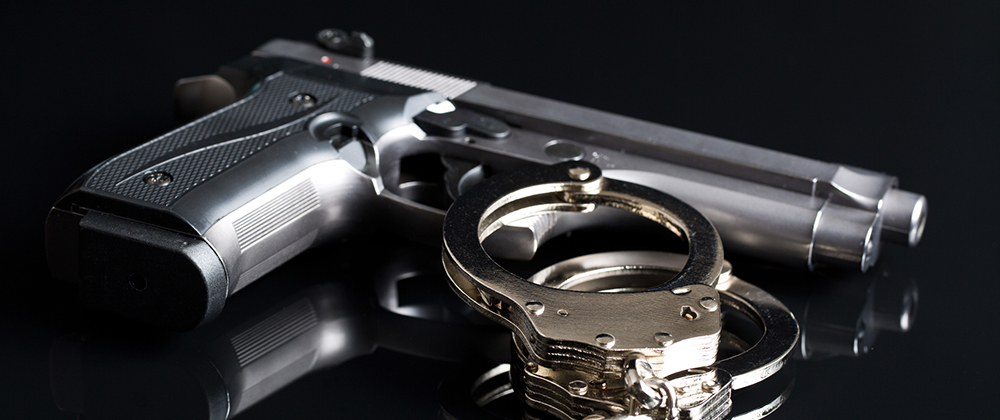JUAN JOSE FARIAS, Appellant,
v.
STATE OF FLORIDA, Appellee.
No. 4D08-406.
District Court of Appeal of Florida, Fourth District.
March 31, 2010.
Appeal from the Circuit Court for the Nineteenth Judicial Circuit, St. Lucie County, Gary L. Sweet, Judge, L.T. Case No. 562004CF3201A.
Jonathan Jay Kirschner, of Jonathan Jay Kirschner, Esq. & Associates, LLC, Fort Pierce, for appellant.
Bill McCollum, Attorney General, Tallahassee, and Melanie Dale Surber, Assistant Attorney General, West Palm Beach, for appellee.
TAYLOR, J.
Defendant Juan Jose Farias appeals a final judgment of conviction and sentence for one count of lewd or lascivious molestation of a child under 12. He raises three issues on appeal: (1) whether the trial court committed reversible error in admitting photographic evidence; (2) whether the trial court erred in admitting child-victim hearsay testimony; and (3) whether the prosecutor engaged in prosecutorial misconduct that constituted fundamental error. We affirm as to the second and third issues, but reverse because of the erroneous admission of photographic evidence and remand for a new trial.
The state presented evidence at trial that the defendant inappropriately touched the seven-year-old victim while she was sleeping over at the home of her friend, the defendant’s daughter. According to the victim, the defendant slid his hand into her shorts and underwear and wiggled his finger around the lips of her vagina, then laughed. The next morning the victim, J.L., told her grandmother and mother about the incident. Later she wrote a letter memorializing her recollection of what happened, and several days later, spoke to Detective LaGrega of the Port St. Lucie Police Department about the incident.
Dr. Cariello, a physician at St. Lucie Medical Center’s emergency department, interviewed J.L. and examined her the day after the molestation. The examination did not reveal any evidence of tenderness, bleeding, swelling, redness, or discharge in the vaginal area, and showed her “hymen not intact.” An investigating officer took several photographs of the examination.
Page 2
At trial, the state attempted several times to introduce into evidence the photographs taken of J.L.’s hospital examination. The state first sought admission of the photographs after the victim’s mother testified about the examination. Defendant objected, arguing that a predicate had not been established to show the relevancy of the photographs and that their admission would be unduly prejudicial, since the doctor would testify that he observed no evidence of external or internal injury. When the trial court questioned the state about the relevancy of the photographs, the state responded that a nurse who examined J.L. disagreed with the doctor’s opinion that there was no redness in the vaginal area and that the jurors could look at the photos and decide this matter for themselves. The state further argued that the photographs were relevant “to show the jury what [J.L.] went through as part of her examination.” The defendant maintained that the photographs were inflammatory and reminded the court that an order in limine previously entered by the court precluded any testimony about the nurse’s observations.
The court sustained the objection, finding that “what the victim went through” was not material to whether or not the defendant committed the crime. However, after the state continued with this line of argument, the court decided to reserve on its ruling.
Dr. Lustgarten, a urologist, testified about the results of the urinalysis performed during J.L.’s emergency room examination. The report revealed that J.L.’s urinalysis was abnormal. The presence of trace bacteria, five to ten red blood cells, and twenty to thirty white blood cells indicated infection. In his opinion, there was possibly an infection that could have come from trauma; healthy children usually do not have abnormal urinalyses. Dr. Lustgarten testified that manipulation, not necessarily internal, can cause abnormal results and explained that it is unlikely for a child to have an abnormal urinalysis without some kind of manipulation.
After Dr. Lustgarten’s testimony, the trial court, over the defendant’s objection, admitted one of the photographs of the vaginal examination. The photograph shows J.L. lying on a hospital bed with her knees bent and someone holding her legs apart to fully expose her vagina. The court determined that the photograph was relevant to show that someone would not falsely report a sexual assault and thereby subject herself to such an examination. Defense counsel objected “because [the victim] wouldn’t have known that that was part of the process when she made
Page 3
the complaint.” The court overruled the objection and admitted the photograph.1
Defendant called Dr. Cariello, who testified that there did not appear to be recent injury to the hymen and explained, on cross-examination, that a hymen can be damaged in ways other than by molestation. He mentioned a child’s playing as a possibility and noted that each person’s body is different. Dr. Cariello also told the jury how he conducted the interview and physical exam. He did not use a rape kit; he just performed an external physical exam.
During cross-examination, the state showed Dr. Cariello the photograph at issue and asked him if it was a fair and accurate depiction of the victim’s vaginal examination. He replied that it was. The state then asked, “Now is this generally something that people who are getting this examination done, is this fun for them?” Dr. Cariello answered, “No. . . it’s not a pleasant thing for anyone to do.” The state then published the photograph to the jury.
The jury found the defendant guilty of lewd or lascivious molestation. He was sentenced to fifteen years in prison, followed by ten years of sex offender probation.
Defendant argues that the trial court erred in admitting the photograph of the child’s examination because it was irrelevant to the issue of sexual abuse and served only to inflame the jury. The state responds, first, that the defendant failed to preserve this issue for appeal because he did not object when the state published the photograph during its cross-examination of Dr. Cariello. A contemporaneous objection must be made when evidence is offered for admission. Rodriguez v. State, 919 So. 2d 1252, 1286 (Fla. 2005). Here, the defendant objected each time the photograph was offered into evidence. Once the photograph was admitted, over his objection, Defendant did not need to repeat his objection before it was published to the jury. See LeRetilley v. Harris, 354 So. 2d 1213, 1214 (Fla. 4th DCA 1978) (stating that “there is normally no need to object repeatedly every time the same error is made providing the court has ruled thereon.”).
On the merits, the state argues that the photograph was a fair and accurate depiction of the physical examination that was conducted soon
Page 4
after the child reported the incident and that it was relevant to refute the defendant’s claim that the child fabricated the story. The state further argues that any error in admitting the photograph was harmless beyond a reasonable doubt.
The admission of photographs is reviewed under the abuse of discretion standard. Welch v. State, 992 So. 2d 206, 216 (Fla. 2008). “The test for admissibility of photographic evidence is relevancy rather than necessity.” Id. (quoting Douglas v. State, 878 So. 2d 1246, 1255 (Fla. 2004)). For photographic evidence to be relevant, it must logically tend to prove or disprove a material fact. §§ 90.401-90.402, Fla. Stat. (2008). Even if the evidence is relevant, it may be inadmissible under the section 90.403 balancing test, if the “probative value is substantially outweighed by the danger of unfair prejudice, confusion of issues, misleading the jury, or needless presentation of cumulative evidence.” Further, the trial court may decline to admit photographs if it determines that the “gruesomeness of the portrayal is so inflammatory as to create an undue prejudice in the minds of the jur[ors] and [distract] them from a fair and unimpassioned consideration of the evidence.” Welch, 992 So. 2d at 216 (quoting Douglas, 878 So. 2d at 1255) (alterations in original).
Here, the photograph had little or no relevance. Although the photograph illustrated Dr. Cariello’s testimony concerning the physical examination he performed on the victim, it did not tend to prove or disprove a material fact that was in dispute in this case. The doctor testified that the victim suffered no visible external injuries as a result of the alleged molestation, and no evidence to the contrary was presented at trial. Besides, a defendant can be guilty of lewd or lascivious molestation without causing any damage to the victim’s vagina. The only issue before the jury was whether the defendant molested J.L., and the photo showing no injuries had no relevance to this issue.
In any case, the state did not introduce the photograph to demonstrate the presence or absence of any physical injuries to the victim. The state acknowledged that its purpose was to show the jury the embarrassing and uncomfortable medical procedures the victim had to endure after reporting the molestation. It explained that the child would not have lied about the incident and thus subjected herself to such an invasive examination. However, as the defendant pointed out, it is unlikely that a seven-year-old child would have known about this consequence of reporting the incident. We thus do not agree that the photograph was relevant to refute the defendant’s theory that the victim was untruthful about the incident.
Page 5
We conclude that the trial court erred in admitting the photograph. The photograph had minimal probative value, and its potential for offending the jury’s sensibilities and evoking sympathy for the victim was substantial. See Saxon v. State, 225 So. 2d 925, 927 (Fla. 4th DCA 1969) (holding that where photographs are irrelevant, and their only purpose for admission is to influence and prejudice the jury, it is error to admit them). Because we cannot say beyond a reasonable doubt that the improperly admitted photograph did not affect the jury’s verdict, we are unable to find the error harmless. See Ventura v. State, 35 Fla. L. Weekly S117 (Fla. Feb. 18, 2010); Goodwin v. State, 751 So. 2d 537 (Fla. 1999).
Reversed and Remanded for a new trial.
Farmer, J. and Levenson, Jeffrey R., Associate Judge., concur.
Not final until disposition of timely filed motion for rehearing.
—————
Notes:
1. The trial court sustained the defendant’s objection as to the entire group of photographs to avoid “overkill,” but allowed the state to present the single photograph at issue.



